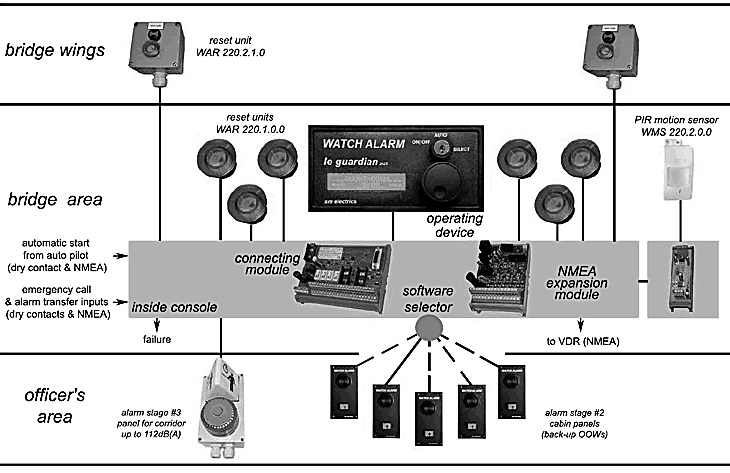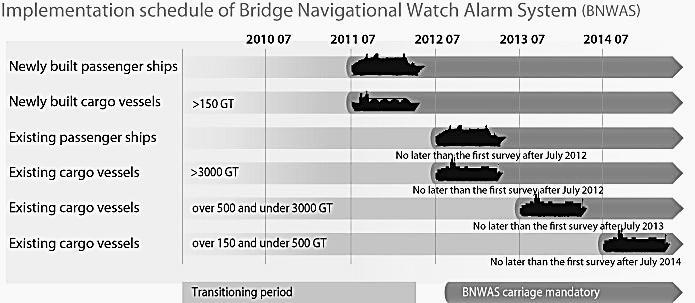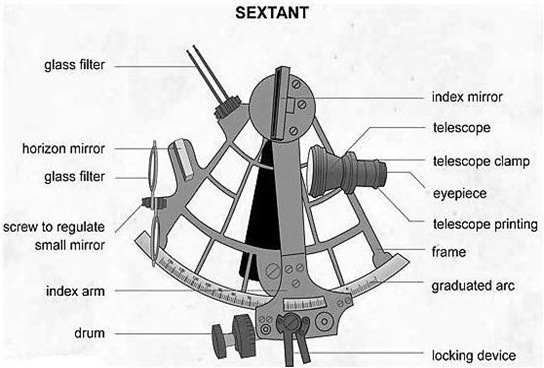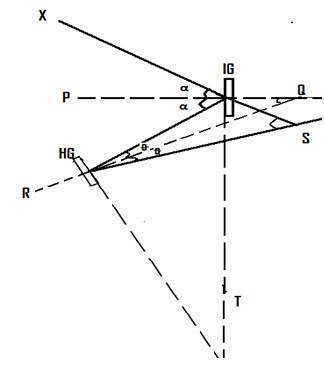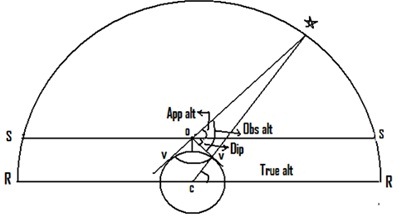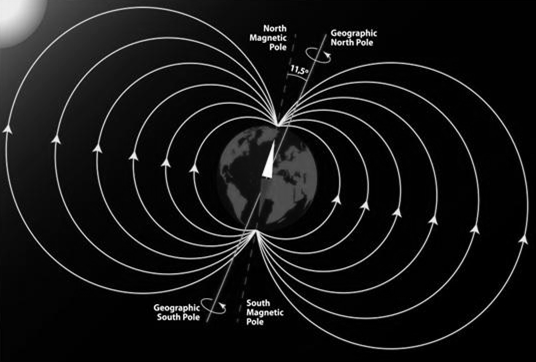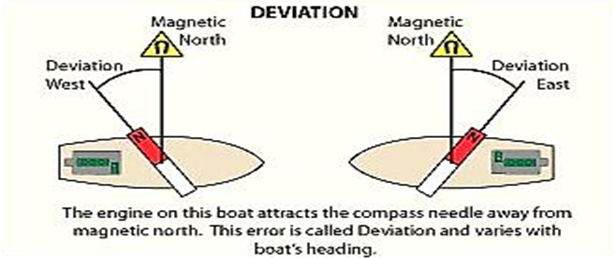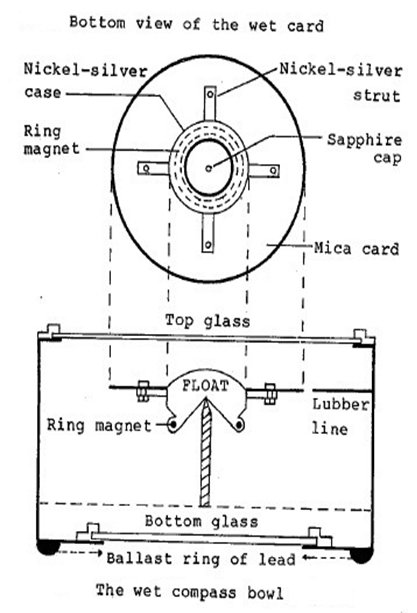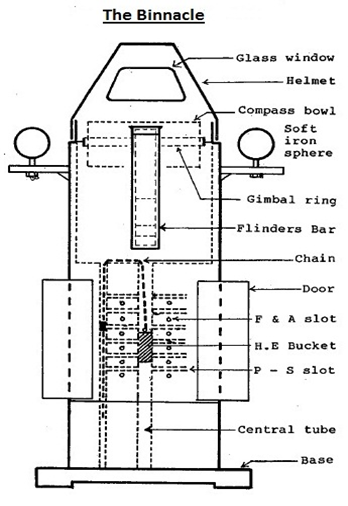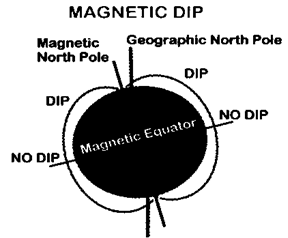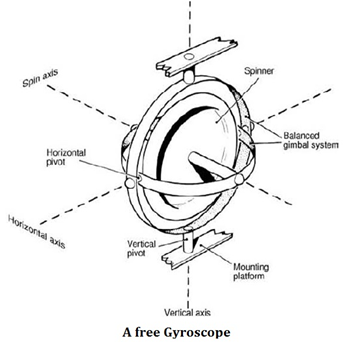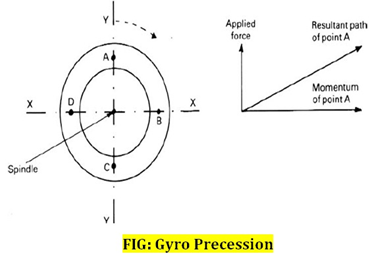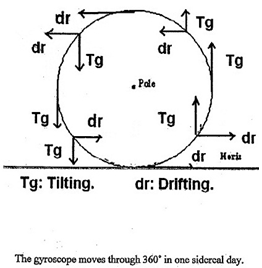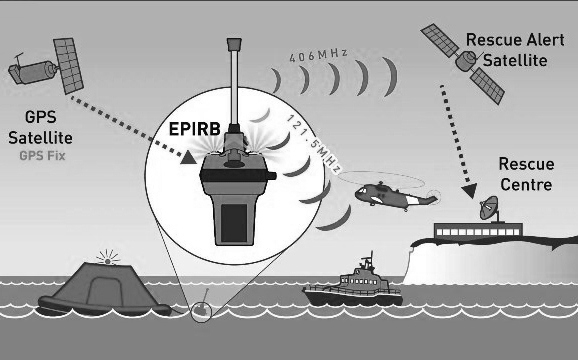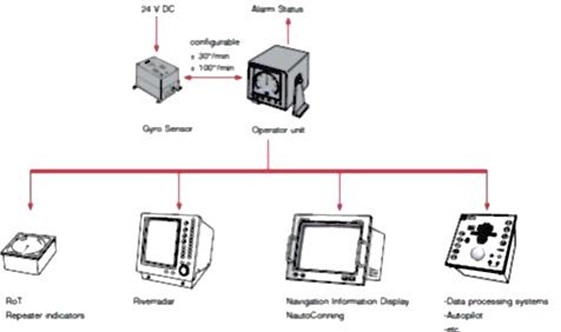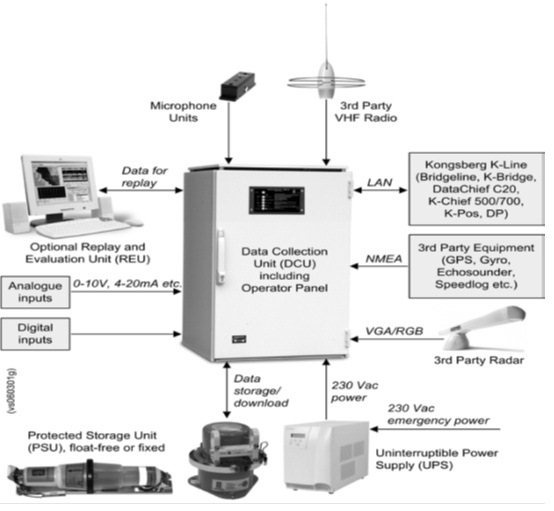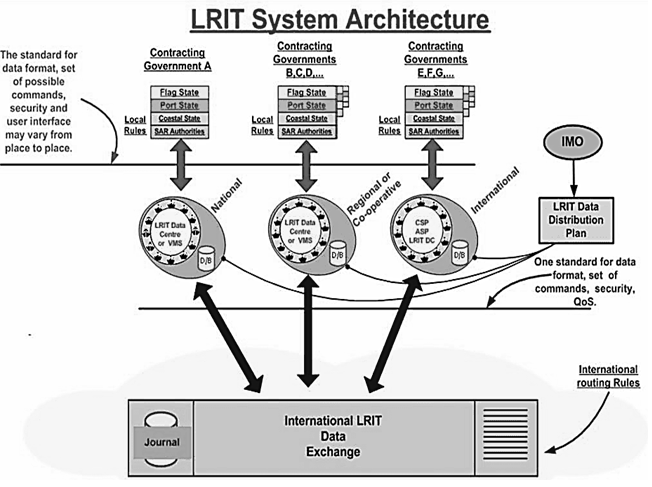How do VTS contribute to safety of life at sea?
VESSEL TRAFFIC SERVICE (VTS):- A vessel traffic service (VTS) is a marine traffic monitoring system established by harbour or port authorities, similar to air traffic control for aircraft. Typical VTS systems use radar, closed-circuit television (CCTV), VHF radiotelephony and automatic identification system to keep track of vessel movements and provide navigational safety in a limited geographical area
SOLAS CHAPTER V – REGULATION 12 – Vessel traffic services:-
- Vessel traffic services (VTS) contribute to safety of life at sea, safety and efficiency of navigation and protection of the marine environment, adjacent shore areas, work sites and offshore installations from possible adverse effects of maritime traffic.
- Contracting Governments undertake to arrange for the establishment of VTS where, in their opinion, the volume of traffic or the degree of risk justifies such services.
- Contracting Governments planning and implementing VTS shall, wherever possible, follow the guidelines developed by the Organization*. The use of VTS may only be made mandatory in sea areas within the territorial seas of a coastal State.
- Contracting Governments shall endeavor to secure the participation in, and compliance with, the provisions of vessel traffic services by ships entitled to fly their flag.
- Nothing in this regulation or the guidelines adopted by the Organization shall prejudice the rights and duties of Governments under international law or the legal regimes of straits used for international navigation and archipelagic sea lanes.
Benefits of implementing a VTS
The purpose of VTS is to improve the maritime safety and efficiency of navigation, safety of life at sea and the protection of the marine environment and/or the adjacent shore area, work sites and offshore installations from possible adverse effects of maritime traffic in a given area. VTS may also have a role to play in security.
The benefits of implementing a VTS:-
- It allows identification and monitoring of vessels, strategic planning of vessel movements and provision of navigational information and navigational assistance.
- It can assist in reducing the risk of pollution and, should it occur, coordinating the pollution response. Many authorities express difficulty in establishing justifiable criteria for identifying whether VTS is the most appropriate tool to improve the safety and efficiency of navigation, safety of life and the protection of the environment.
- A VTS is generally appropriate in areas that may include any, or a combination, of the following:
- traffic carrying hazardous cargoes;
- conflicting and complex navigation patterns;
- difficult hydrographical, hydrological and meteorological elements;
- shifting shoals and other local hazards and environmental considerations;
- interference by vessel traffic with other waterborne activities;
- number of casualties in an area during a specified period;
- existing or planned vessel traffic services on adjacent waterways and the need for cooperation between neighbouring states, if appropriate;
- narrow channels, port configuration, bridges, locks, bends and similar areas where the progress of vessels may be restricted; and
- existing or foreseeable changes in the traffic pattern in the area.
Objectives of VTS:
- The purpose of vessel traffic services is to improve the safety and efficiency of navigation, safety of life at sea and the protection of the marine environment and/or the adjacent shore area, worksites and offshore installations from possible adverse effects of maritime traffic.
- A clear distinction may need to be made between a Port or Harbour VTS and a Coastal VTS. A Port VTS is mainly concerned with vessel traffic to and from a port or harbour or harbours, while a Coastal VTS is mainly concerned with vessel traffic passing through the area. A VTS could also be a combination of both types. The type and level of service or services rendered could differ between both types of VTS; in a Port or Harbour VTS a navigational assistance service and/or a traffic organization service is usually provided for, while in a Coastal VTS usually only an information service is rendered.
- The benefits of implementing a VTS are that it allows identification and monitoring of vessels, strategic planning of vessel movements and provision of navigational information and assistance. It can also assist in prevention of pollution and co-ordination of pollution response. The efficiency of a VTS will depend on the reliability and continuity of communications and on the ability to provide good and unambiguous information. The quality of accident prevention measures will depend on the system’s capability of detecting a developing dangerous situation and on the ability to give timely warning of such dangers.
- The precise objective of any vessel traffic service will depend upon the particular circumstances in the VTS area and the volume and character of maritime traffic as set forth in 3.2 of these Guidelines and Criteria.
Use of VTS in navigation:
- Automatic Identification System (AIS) is a system that makes it possible to monitor and track ships from suitably equipped ships, and shore stations. AIS transmissions consist of bursts of digital data ‘packets’ from individual stations, according to a pre-determined time sequence.
- AIS makes navigation safer by enhancing situational awareness and increases the possibility of detecting other ships, even if they are behind a bend in a channel or river or behind an island in an archipelago.
- AIS can also solve the problem inherent with radars, by detecting smaller craft, fitted with AIS, in sea and rain clutter.
Reporting procedures of VTS and SRS:
Reporting procedures of VTS and SRS:- Standard Reporting Procedures, IMO Resolution A.851 (20) – ‘General Principles for Ship Reporting Systems and Ship Reporting Requirements’.
Types of Communication Messages and Message Markers:-
- To facilitate shore-to-ship and ship-to-shore communication in a VTS environment, one of the following eight message markers should be used to increase the probability of the purpose of the message being properly understood.
- It is at the discretion of the shore personnel or the ship’s officer whether to use one of the message markers and, if so, which marker is applicable to the situation.
- If used, the message marker is to be spoken preceding the message or the corresponding part of the message.
- The contents of all messages directed to a vessel should be clear; IMO Standard Marine Communication Phrases should be used where practicable.
Elements of the Ship’s Routeing System:
The objective of ships’ routeing is to “improve the safety of navigation in converging areas and in areas where the density of traffic is great or where freedom of movement of shipping is inhibited by restricted sea room, the existence of obstructions to navigation, limited depths or unfavourable meteorological conditions”. Ships routeing systems can be established to improve safety of life at sea, safety and efficiency of navigation, and/or increase the protection of the marine environment.
Elements used in traffic routeing systems include:
- Traffic separation scheme: a routeing measure aimed at the separation of opposing streams of traffic by appropriate means and by the establishment of traffic lanes.
- Traffic lane: an areas within defined limits in which one-way traffic is established, natural obstacles, including those forming separation zones, may constitute a boundary.
- Separation zone or line: a zone or line separating traffic lanes in which ships are proceeding in opposite or nearly opposite directions; or separating a traffic lane from the adjacent sea area; or separating traffic lanes designated for particular classes of ship proceeding in the same direction.
- Roundabout: a separation point or circular separation zone and a circular traffic lane within defined limits.
- Inshore traffic zone: a designated area between the landward boundary of a traffic separation scheme and the adjacent coast.
- Recommended route: a route of undefined width, for the convenience of ships in transit, which is often marked by centreline buoys.
- Deep-water route: a route within defined limits which has been accurately surveyed for clearance of sea bottom and submerged articles.
- Precautionary area: an area within defined limits where ships must navigate with particular caution and within which the direction of flow of traffic may be recommended.
- Area to be avoided: an area within defined limits in which either navigation is particularly hazardous or it is exceptionally important to avoid casualties and which should be avoided by all ships, or by certain classes of ships.
Before Implementing or starting a TSS or Vessel routeing system the below mentioned information should be collected:
- Data about the area and problem or threat thereof:
- Resources within are
- Potential navigation hazard.
- Environmental factors
- Data about the ship traffic (e.g., vol., traffic patterns)
- Information regarding existing measures
- Foreseeable changes in traffic patterns
- Information regarding incident history
- Existing aids to navigation
- Charts (are they up to date?)
- IMO documents (models)
Defined by IMO as ‘a service to ensure that essential information becomes available in time for on-board navigational decision-making’. The information service comprises broadcasts of information at fixed times or when deemed necessary by the VTS Authority or at the request of a vessel, and may include for example :
- Reports on the position, identity and intentions of other traffic;
- Waterway conditions;
- Weather;
- Navigational hazards;
- Any other factors that may influence the vessel’s transit.
Navigational Assistance Service: Defined by IMO as ‘a service to assist on-board navigational decision-making and to monitor its effects, especially in difficult navigational or meteorological circumstance or in case of defect or deficiencies.’ There may be occasions when an increased or new risk makes it appropriate to enhance the service through the additional provision of a Navigational Assistance Service. The IMO Resolution explains the key tenets of this service as:
- A service that is intended to assist in the navigational decision making process on board and to monitor its effects.
- Particularly relevant to:
- Difficult navigational circumstances;
- Difficult meteorological conditions;
- Vessel defects or deficiencies.
- A service that is rendered at the specific request of a vessel or by a VTS Authority when deemed necessary.
- A service that is provided only on specified occasions and under clearly defined circumstances.
- The beginning and end of navigational assistance should be clearly stated by the vessel or the VTS and acknowledged by the other party.
The IALA VTS Manual indicates that Navigational Assistance Service can fall into one of two categories, depending on whether navigational information or advice is given. Navigational Assistance Service consisting only of the giving of navigational information is referred to in this guidance as Contributory. Navigational Assistance Service consisting of the giving of navigational advice as well as navigational information is referred to as Participatory. The definitions, particularly of the Participatory service, are open to interpretation and for the avoidance of doubt their meaning is refined and expanded as follows.
- Contributory Navigational Assistance Services:
A Contributory Navigational Assistance Service is solely the provision of factual navigational information to assist the on-board decision making process.
The information is provided either in response to a specific request from a vessel or when the VTS Authority perceives that the information would be of use to the vessel.
A Contributory Navigational Assistance Service may include information on :
- Courses and speeds made good;
- Positions relative to fairway axis and waypoints;
- Positions, identities and intentions of surrounding traffic;
- Warnings of dangers.
- Participatory Navigational Assistance Service:
In a Participatory Navigational Assistance Service, the VTS can become involved in the on-board decision making process by providing navigational advice. Through the exchange of information between vessel and VTS, an agreed course of action may emerge. However, any recommendations from the VTS must be result orientated and must not include specific instructions on courses to steer and speed through the water. As with the Contributory service, it is provided on specific request or when perceived necessary by the VTS Authority, in the interests of safety.
Dependent on the complexity of the situation and the level of risk mitigation required, consideration should be given to the following :
(1) Authorisations of operators providing the service and recording of such authorisations;
(2) The need to reflect this category of service in the On the Job Training of VTS Operators;
(3) Operator work load during Participatory Navigational Assistance Service, including other responsibilities and activities, and the number of vessels being monitored or advised;
(4) Use of a discrete frequency;
(5) Increased traffic restrictions;
(6) The requirements of the Pilotage Act 1987.
Traffic Organisation Service: Defined by IMO as ‘a service to prevent the development of dangerous maritime traffic situations and to provide for the safe and efficient movement of vessel traffic within the VTS Area.’
The provision of a Traffic Organisation Service includes a comprehensive and dedicated service, throughout the declared service period, without which the long term planning of traffic movement and developing situation would not be possible. This service is, by its nature, more comprehensive than an Information Service, the capability of which it necessarily includes.
Where the risks identified through the formal risk assessment are such that the only appropriate mitigating measure is the provision of service that monitors vessel traffic movement and enforces adherence to governing rule and regulation, a Traffic Organisation Service should be considered appropriate.
A Traffic Organisation Service is concerned with, for example :
- Forward planning of vessel movements;
- Congestion and dangerous situations;
- The movement of special transports;
- Traffic clearance systems;
- VTS sailing plans;
- Routes to be followed;
- Adherence to governing rules and regulations.
Instructions given as part of a Traffic Organisation Service shall be result orientated, leaving the details of the execution to the vessel.
